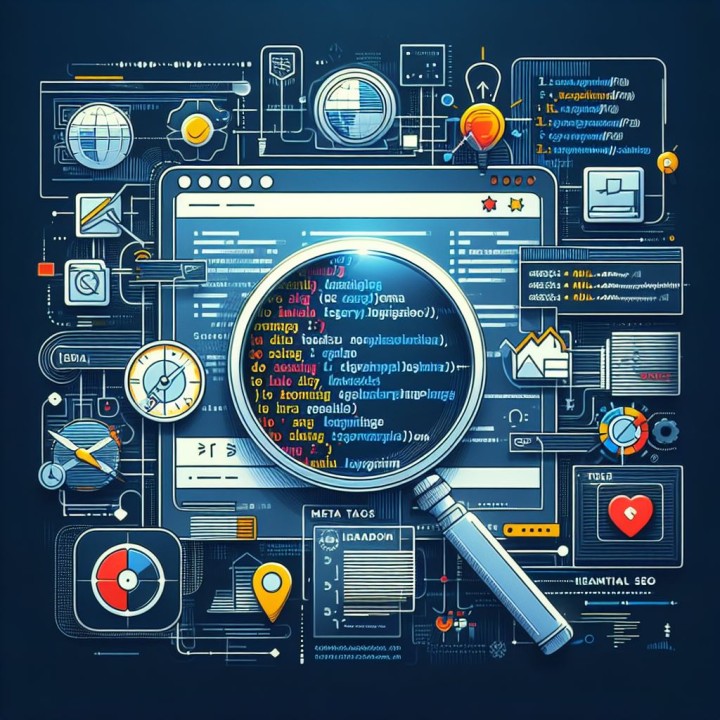Exploring the Power of Blockchain
Blockchain technology has emerged as a revolutionary force, transforming industries and redefining how we conduct transactions and secure data. At SparkScribe Technologies, we are committed to harnessing the potential of blockchain to deliver innovative solutions. In this blog post, we’ll delve into the applications, trends, and future prospects of blockchain technology.
Exploring the Power of Blockchain: Applications, Trends, and Future Prospects
Blockchain technology has emerged as a revolutionary force, transforming industries and redefining how we conduct transactions and secure data. At SparkScribe Technologies, we are committed to harnessing the potential of blockchain to deliver innovative solutions. In this blog post, we’ll delve into the applications, trends, and future prospects of blockchain technology.
What is Blockchain?
Blockchain is a distributed ledger technology that enables secure, transparent, and tamper-proof recording of transactions. Each transaction is grouped into a block, and these blocks are linked together in a chain, secured using cryptographic techniques.
Key Features of Blockchain
- Decentralization: Unlike traditional centralized systems, blockchain operates on a decentralized network of nodes, reducing the risk of a single point of failure.
- Immutability: Once data is recorded on the blockchain, it cannot be altered or deleted, ensuring data integrity and security.
- Transparency: Transactions on a public blockchain are visible to all participants, fostering trust and accountability.
- Security: Blockchain employs advanced cryptographic techniques to secure transactions and prevent unauthorized access.
Applications of Blockchain Technology
1. Financial Services
Blockchain is revolutionizing the financial sector by enabling faster, more secure transactions, reducing fraud, and improving transparency. Key applications include cryptocurrency, cross-border payments, and smart contracts.
2. Supply Chain Management
Blockchain enhances supply chain transparency and efficiency by providing real-time tracking of goods and verifying the authenticity of products. It helps in reducing fraud, counterfeiting, and operational inefficiencies.
3. Healthcare
In healthcare, blockchain is used to securely store and share patient data, ensuring privacy and improving data interoperability among different healthcare providers.
4. Real Estate
Blockchain simplifies real estate transactions by reducing paperwork, ensuring secure digital identities, and providing transparent property records.
5. Voting Systems
Blockchain-based voting systems offer secure and transparent elections, reducing the risk of fraud and ensuring that each vote is accurately counted.
Trends in Blockchain Development
1. Decentralized Finance (DeFi)
DeFi leverages blockchain technology to offer financial services without traditional intermediaries like banks. It includes applications such as decentralized exchanges, lending platforms, and stablecoins.
2. Non-Fungible Tokens (NFTs)
NFTs are unique digital assets verified on the blockchain, used in various domains including digital art, gaming, and collectibles. They provide a way to prove ownership and authenticity of digital items.
3. Blockchain Interoperability
Interoperability between different blockchain networks is becoming increasingly important, enabling seamless communication and transfer of assets across various platforms.
4. Sustainability Initiatives
Blockchain is being used to enhance sustainability efforts by providing transparent tracking of carbon credits, ensuring ethical sourcing of materials, and verifying eco-friendly practices.
Challenges in Blockchain Adoption
1. Scalability
Blockchain networks often face scalability issues, with slower transaction speeds and higher costs as the number of users increases. Solutions like sharding and layer 2 protocols are being developed to address these challenges.
2. Regulatory Uncertainty
The regulatory landscape for blockchain and cryptocurrencies is still evolving, with varying regulations across different countries posing challenges for global adoption.
3. Energy Consumption
Blockchain networks, especially proof-of-work (PoW) systems like Bitcoin, consume significant amounts of energy. Efforts are underway to develop more energy-efficient consensus mechanisms like proof-of-stake (PoS).
4. Security Concerns
While blockchain is inherently secure, vulnerabilities in smart contracts and other components can still be exploited. Ensuring robust security measures and regular audits is crucial.
Future Prospects of Blockchain
The future of blockchain technology is promising, with continuous advancements and growing adoption across various industries. Some key areas to watch include:
1. Enterprise Blockchain Solutions
Businesses are increasingly adopting private and consortium blockchains to streamline operations, improve security, and enhance transparency.
2. Blockchain in IoT
Blockchain can enhance the security and interoperability of Internet of Things (IoT) devices, enabling secure data exchange and automated transactions between devices.
3. Central Bank Digital Currencies (CBDCs)
Governments and central banks are exploring the development of digital currencies based on blockchain technology to improve financial inclusion and efficiency.
4. Enhanced Privacy Solutions
Advancements in privacy-preserving technologies like zero-knowledge proofs and confidential transactions will enhance data privacy on blockchain networks.
Conclusion
Blockchain technology is reshaping the digital landscape, offering unprecedented opportunities for innovation and efficiency. At SparkScribe Technologies, we are dedicated to exploring and implementing cutting-edge blockchain solutions to drive progress and deliver value to our clients. Stay tuned to our blog for more insights and updates on the latest developments in blockchain technology.















